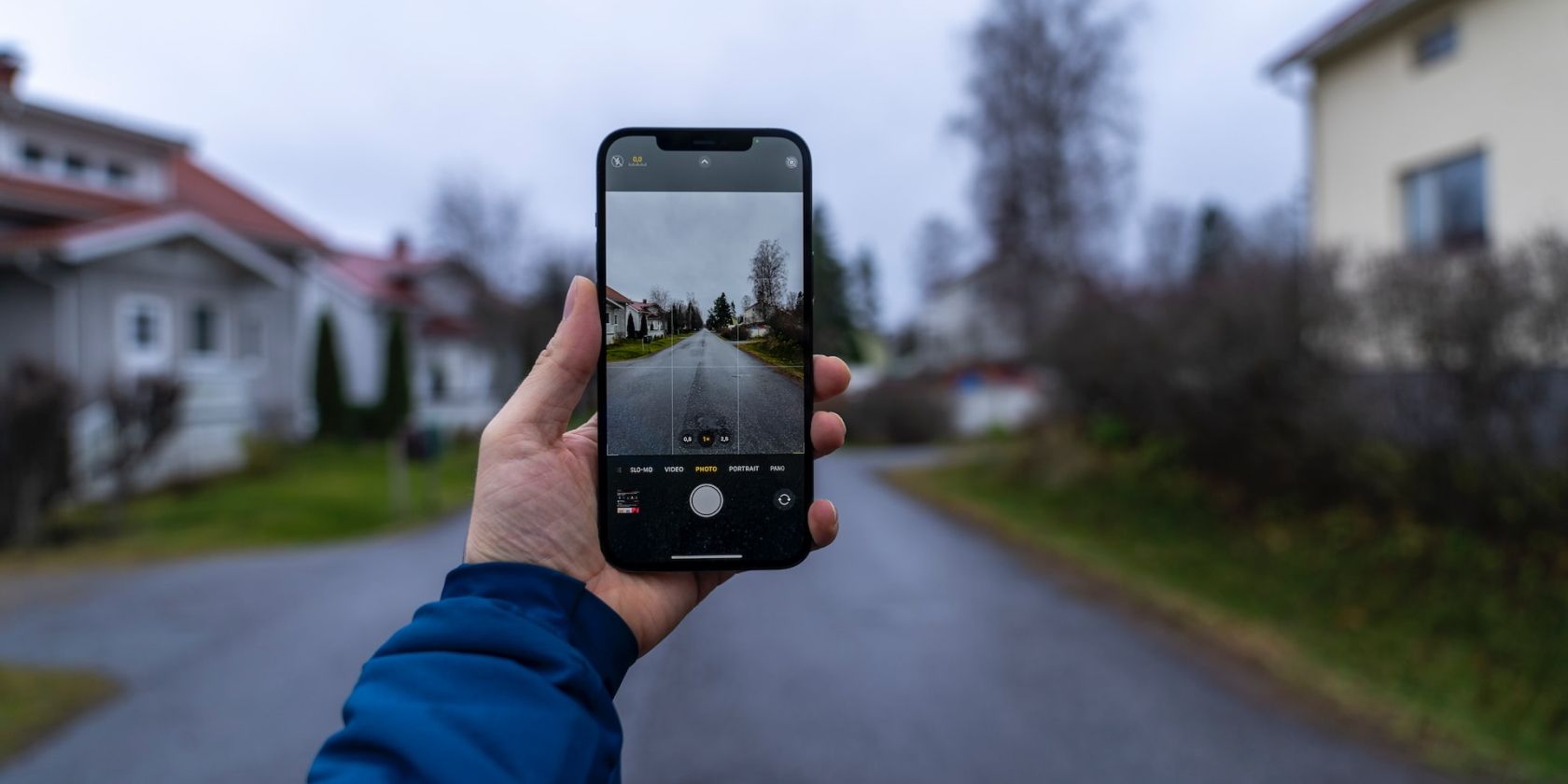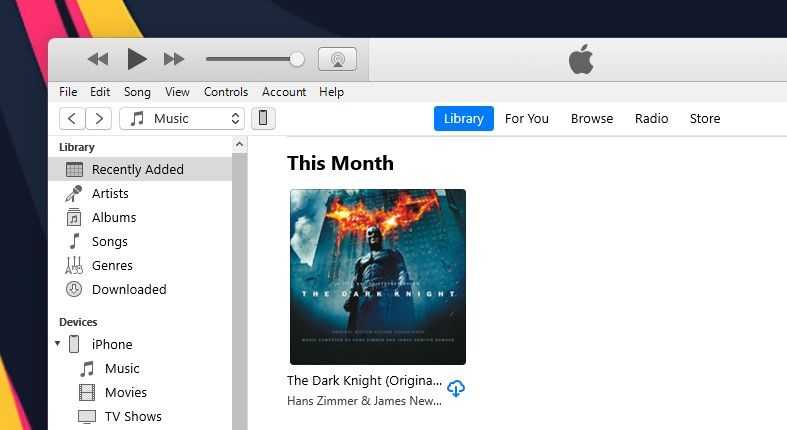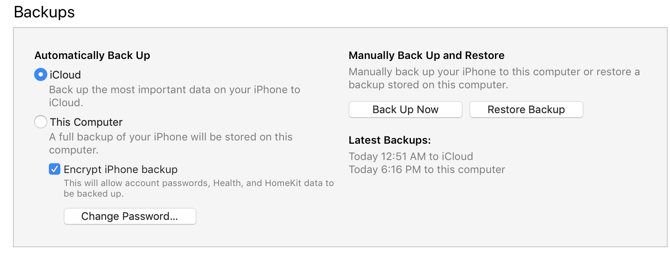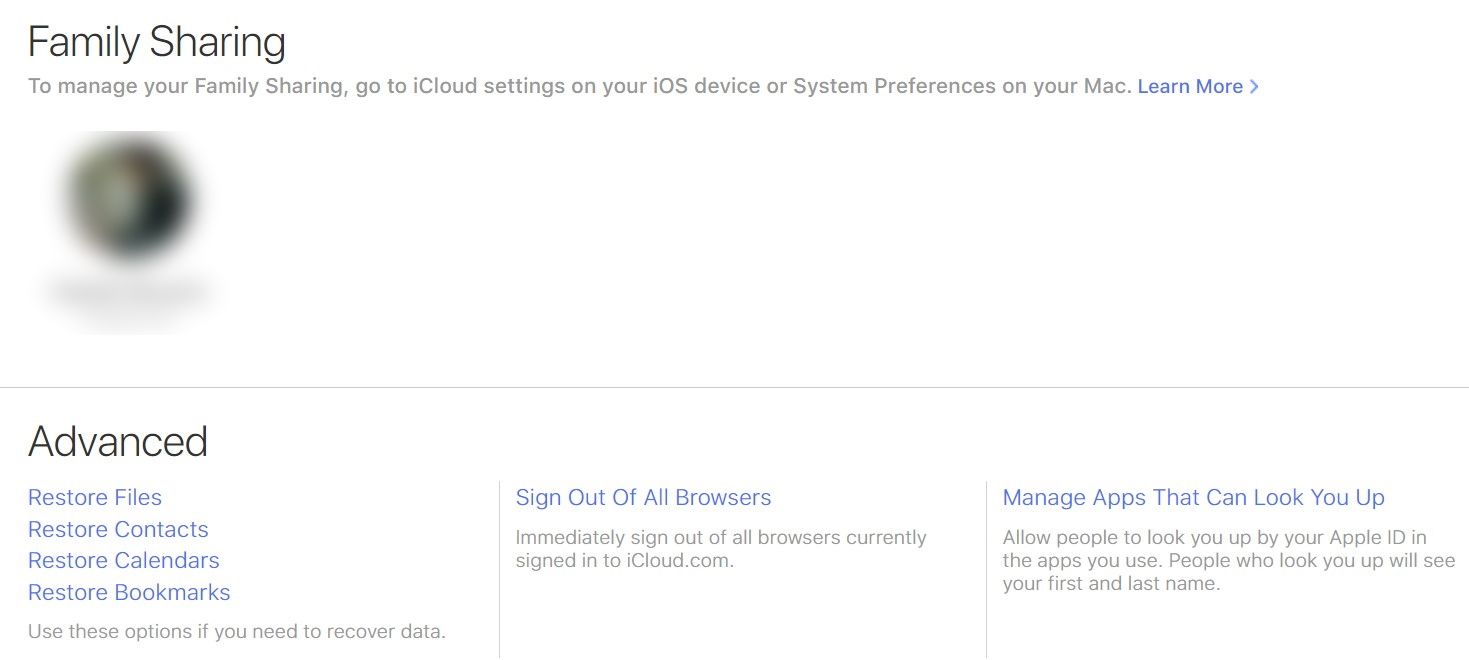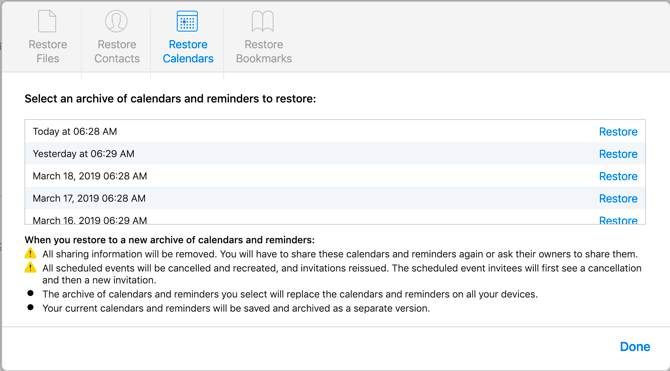Photos are one of the easiest items one can accidentally delete from their iPhone. The good news is that they're also one of the easiest kinds of data to recover. At least they are if you didn't go out of your way to delete them in the first place.
The situation gets a lot more difficult if you've forgotten about them. You still have still options, though, so if you're wondering how to recover deleted photos from your iPhone, you've come to the right place.
Make Sure Your Recently Deleted Photos Are Gone
Your iOS/iPadOS device has a Recently Deleted folder that helps prevent you from permanently deleting a photo. This acts like the Trash on a Mac or the Recycle Bin on Windows. When you delete a photo, it sits in the Recently Deleted folder for 30 days, after which it is permanently removed.
This means that even if you want to recover deleted photos from an iPhone or iPad, this is the first place you should check. To restore a recently deleted photo from here, just tap it, then hit the Recover item at the bottom of the screen. You can also recover multiple recently deleted photos by selecting more than one before you tap Recover.
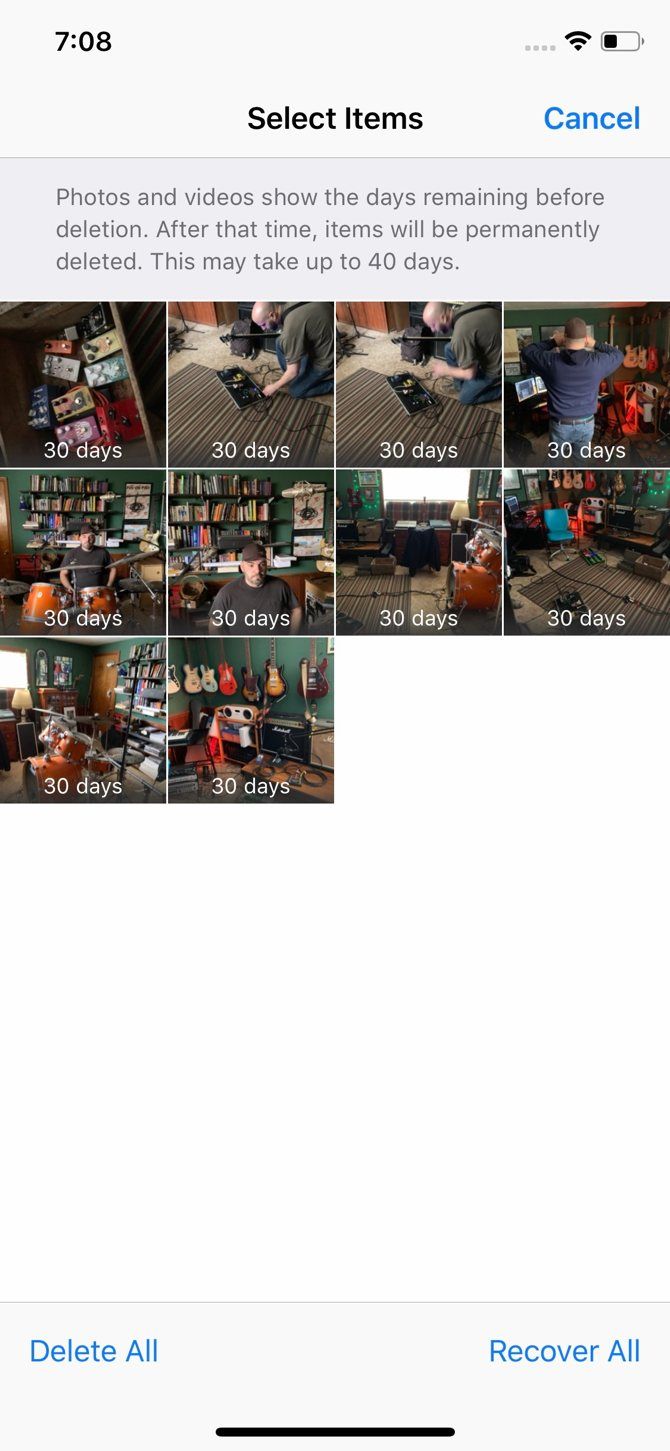
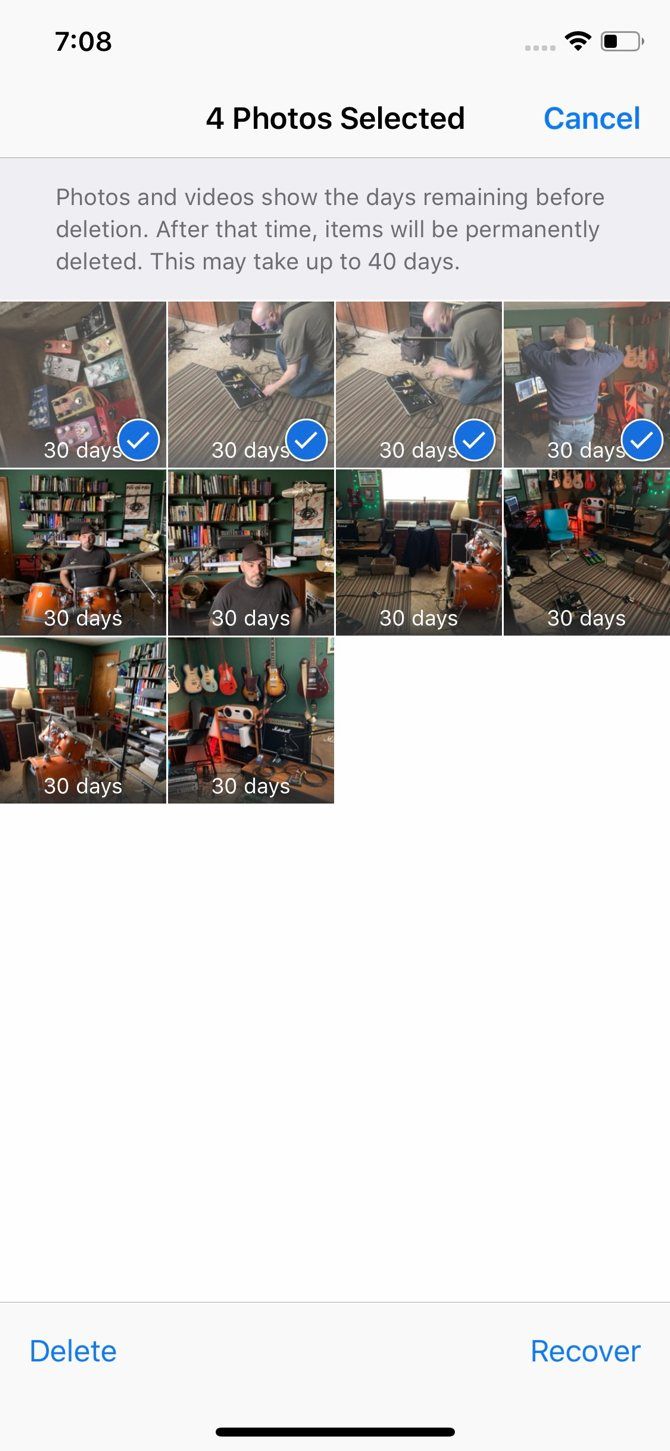
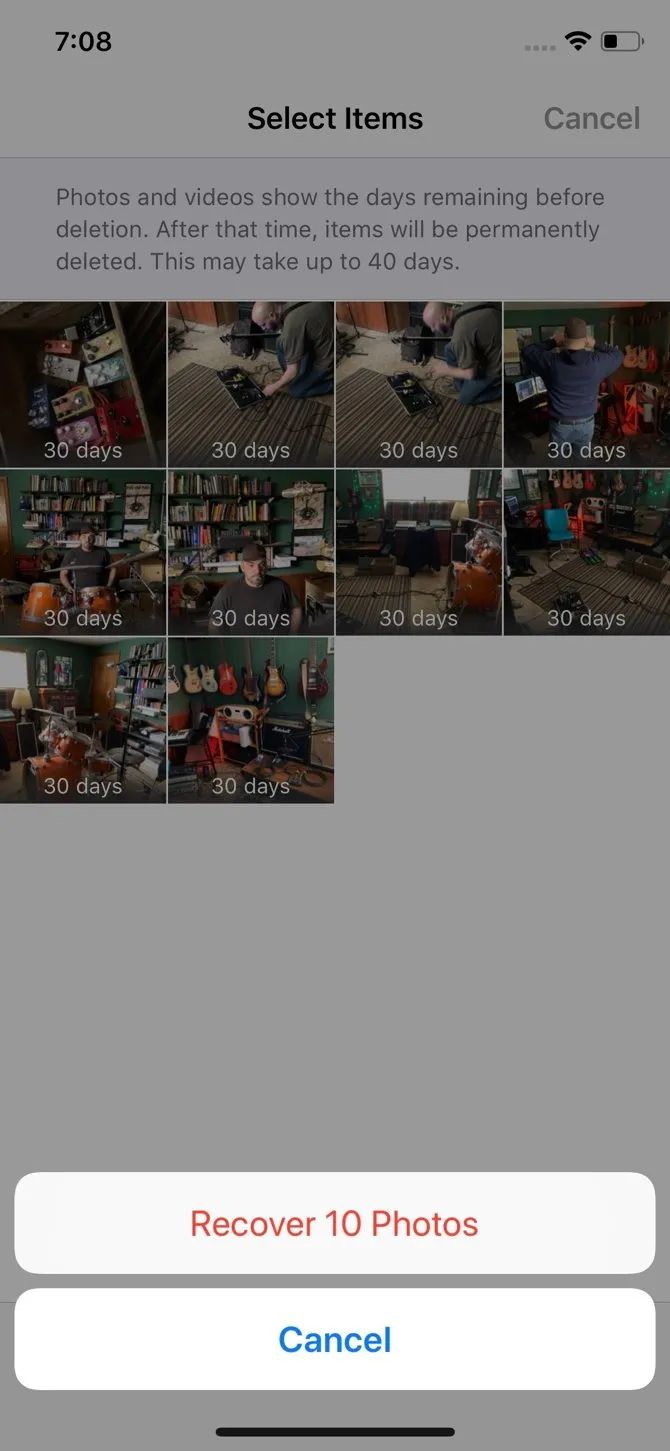
After 30 days, recently deleted photos are permanently removed. You can also delete them for good by selecting them and then tapping Delete instead of Recover. Be careful, though, as you can't reverse this action.
Once they're gone from here, recovering your photos is much more difficult. If you're looking for how to recover permanently deleted photos from an iPhone, read on.
On a quick side note, you may be in luck if you want to recover photos sent using another service. For example, we've previously looked at how to recover a deleted WhatsApp photo or video.
Recover iPhone Photos From a Backup
Even if your photos are gone forever, as far as the built-in Photos app is concerned, you may still be able to get them back. There are two built-in ways to back up your iPhone; both will back up your photos. Whether you use one, both, or neither is up to you, but at least one is usually enabled by default.
Recover iPhone Photos From an iCloud Backup
Assuming you have iCloud Backup turned on, you can restore deleted photos using iCloud. Unfortunately, it's not the most straightforward process. It involves deleting all the data on your iOS device, then restoring it from backup. It's not super simple, but sometimes it's your only option.
Before doing this, you must ensure that a backup exists. Unfortunately, you can't see every backup your phone has made; it only shows when your phone was most recently backed up. This is still better than nothing, though.
To see when your phone was last backed up, open Settings and tap the entry for your name at the top. Once in this menu, scroll down until you see iCloud and tap on that. Then, tap on iCloud Backup. Assuming the slider is enabled, you'll see when your phone was last backed up under the Back Up Now option.
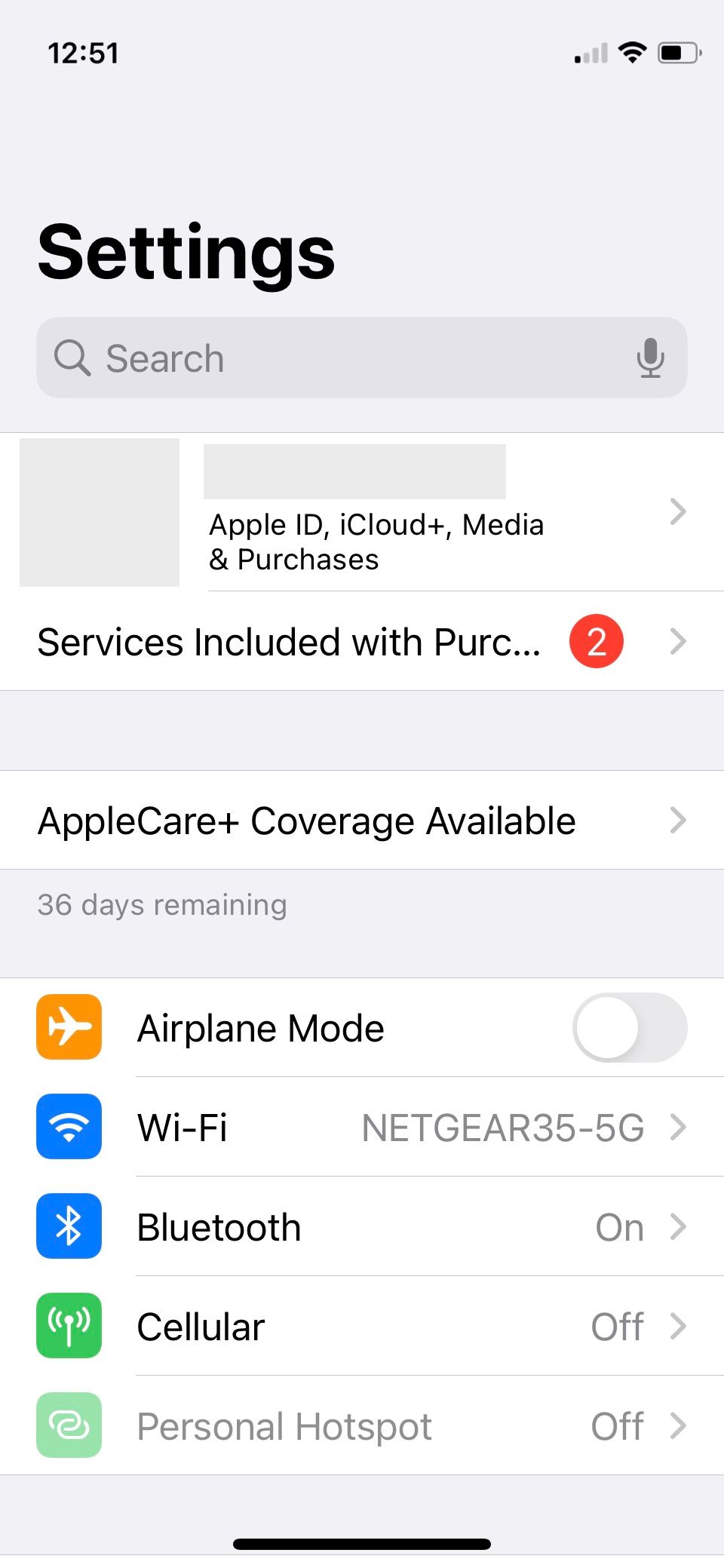
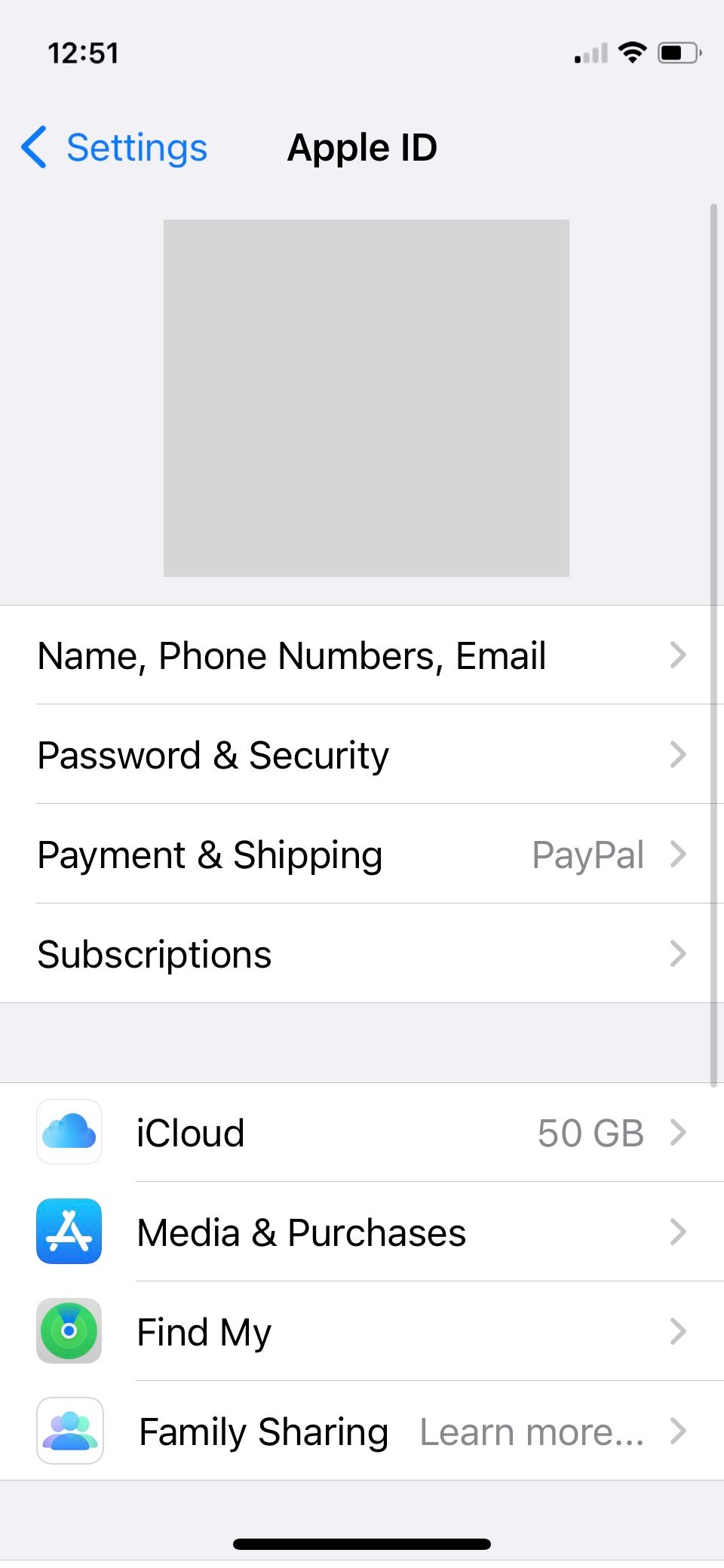
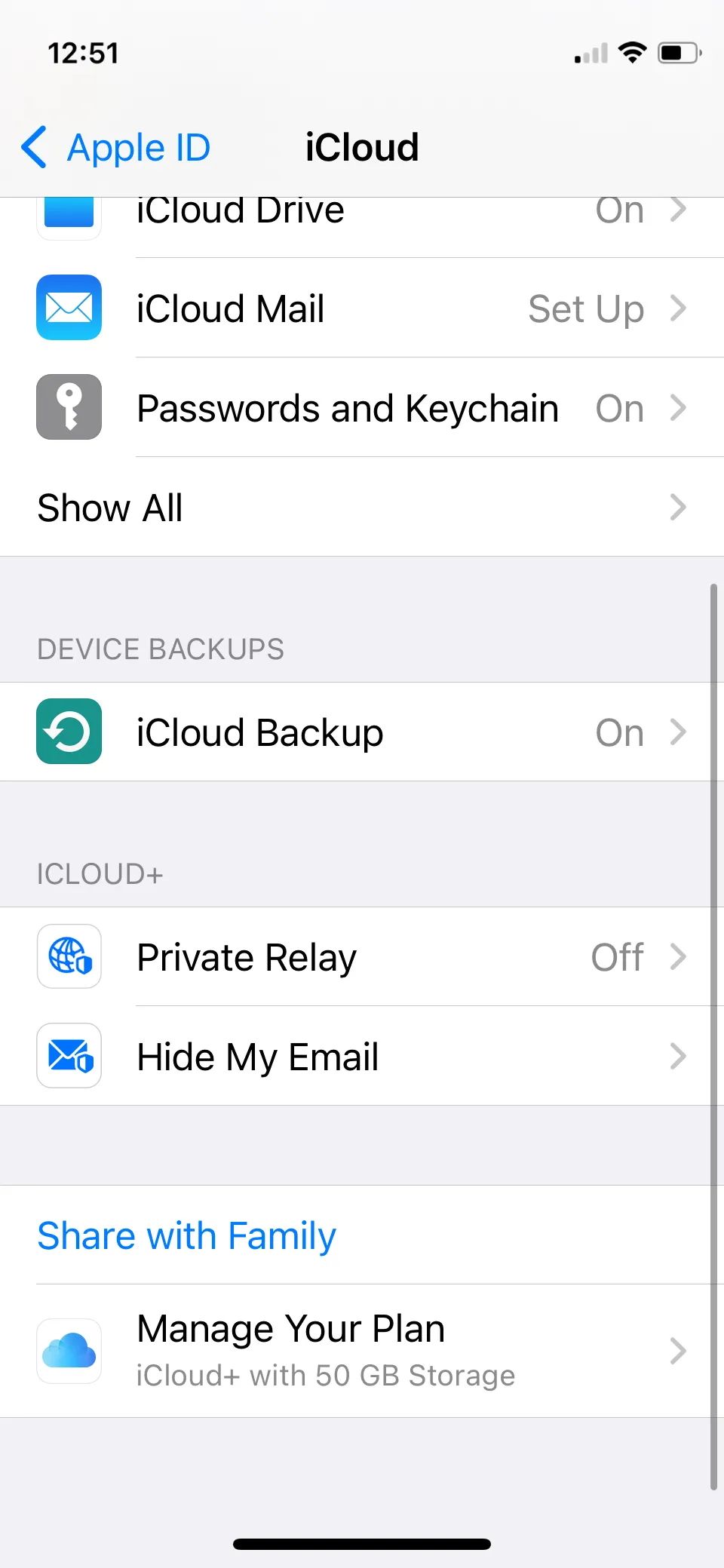
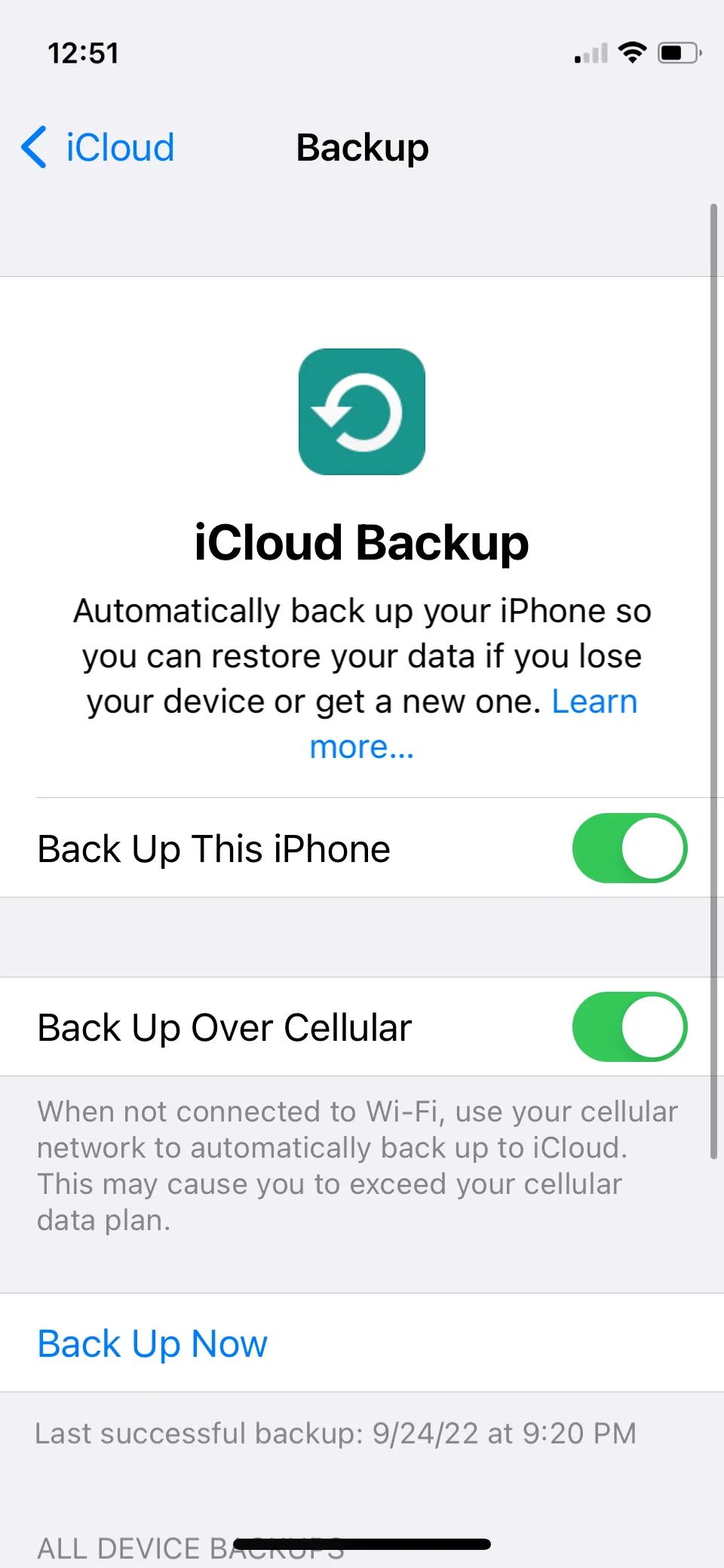
Once you've verified that a backup exists, you can decide whether to restore the older backup. If you want to do this, navigate to Settings > General > Transfer or Reset iPhone and choose to erase your phone. Once this process is complete, you can restore from the backup.
Recover iPhone Photos From a Local Backup (iTunes and Finder)
Not as many people use iTunes (or Finder on Mac) to sync their iPhones as they used to. Despite that, this is actually a much easier way to recover deleted photos from your iPhone.
Connect your iPhone to your Mac or Windows PC with the included USB to Lightning cable and launch iTunes or Finder, depending on the operating system.
You should see your iPhone on the left pane if you're on Finder. And on iTunes, you'll see a phone icon in the menu bar.
Either way, clicking on your iPhone will take you to the Summary section. Here, if you scroll down to the Backups section, you'll find the option to Restore Backup.
You can use this to restore to an older local backup, but if this option is grayed out, it means that you previously haven't backed up the data on your iPhone to your computer.
Recover Deleted Photos With Third-Party Apps
If the above methods to recover permanently deleted photos from your iPhone haven't worked, a third-party app may be able to help. That said, this should almost always be your last resort.
You Don't Always Get What You Pay For
Many of the apps that promise to recover deleted photos from iPhone models are free, or at least they seem that way. With a lot of these, the free functionality is so lacking that it is practically non-existent.
You can pay to unlock more functionality, but while these apps do offer more features once you've paid up, those features may not help you. These apps can't guarantee that they'll actually help you restore anything. You won't find them loudly proclaiming this on their websites, however.
Choosing the Right App
Some apps promise money-back guarantees if you aren't able to recover files. PhoneRescue by iMobie is one of these, and it actually seems to have a decent reputation among iPhone users. That said, you'll still have to pay around $50 to try it out.
When it comes to these apps, we can't promise that any of them will work for you. Do your homework, know the risks, and measure the cost in dollars against the loss of the photos. If you're willing to risk money for a chance that you'll restore some beloved photos, it could be worth it.
Another potential third-party app to try is iMazing, which offers a student discount if you have an EDU email. iMazing is also reasonably popular to help you get photos off a locked iPhone. It's slightly cheaper than PhoneRescue, although the reputation isn't as solid.
How to Recover Deleted iPhone Contacts, Calendars, and Reminders
When it comes to contacts and calendars, there are a ton of variables. Depending on how you sync these, they can either be easy to restore or impossible to recover.
iCloud Recovery
If you use iCloud for your contacts, calendars, or reminders, you're in luck. So, if you've accidentally removed them from your iPhone, you can restore any of these data via the iCloud website.
For contacts, log in to your iCloud account on the web and click on your name in the top-right corner. Then, click Account Settings. Here, scroll down, and under Advanced, select Restore Contacts. Choose the date you'd like to restore from, then click the Restore button and confirm that you want to restore.
For calendars, this is similar. Instead of clicking Contacts, click Restore Calendars. Select the date you'd like to restore from, then click Restore and confirm.
You'll get a notification on the iCloud website for either of these once the restoration is complete. You'll also receive an email at the email address associated with your Apple ID.
If this doesn't bring back the contacts or calendars you were looking for, you can undo the process. Just repeat the steps above and choose the newest date before you restore.
Other Servers
If you don't use iCloud for contacts or calendars, you might still be able to restore them. This depends on the service you use.
With Google Calendar, for example, Google doesn't provide an official way to restore deleted calendars. With an Exchange server, it may be possible. You'll have to check with your provider to see whether recovering these items is possible.
How to Recover Deleted Files on iPhone
As people use their phones for work more than ever, they keep more and more files saved on them. This is why it's excruciating when these go missing.
If you keep data in cloud storage like Dropbox, Google Drive, iCloud Drive, or OneDrive, you can often easily restore accidentally deleted files. However, this is trickier if you have files just sitting on your phone's internal storage.
If you frequently back up your phone with iCloud or iTunes, you may have backed up these files. The only problem is that Apple doesn't make it easy to see what's included in a backup. But if the files are important, you may have to try.
The Safest Option: Back Up Early and Back Up Often
The sad truth is that many of us don't think about backing up until we've already lost something. Whether you're reading this because you lost photos or just wondering what to do in case something goes wrong, it's never too early to start backing up.
The easiest option is to enable iCloud Backup, which will automatically back up your data (photos included) to the cloud at regular intervals. You shouldn't disable this unless you're very low on iCloud storage. Even then, it's probably worth spending a few dollars on extra iCloud storage for peace of mind.
If you want even more protection, you can also back up your phone to your computer using iTunes. This takes a little extra effort, but having redundant backups is a great way to help ensure you don't lose those precious photos.
Does backing up sound confusing? It's surprisingly easy, but don't worry if you're unsure what to do because we've created a step-by-step guide on backing up your iOS device.

